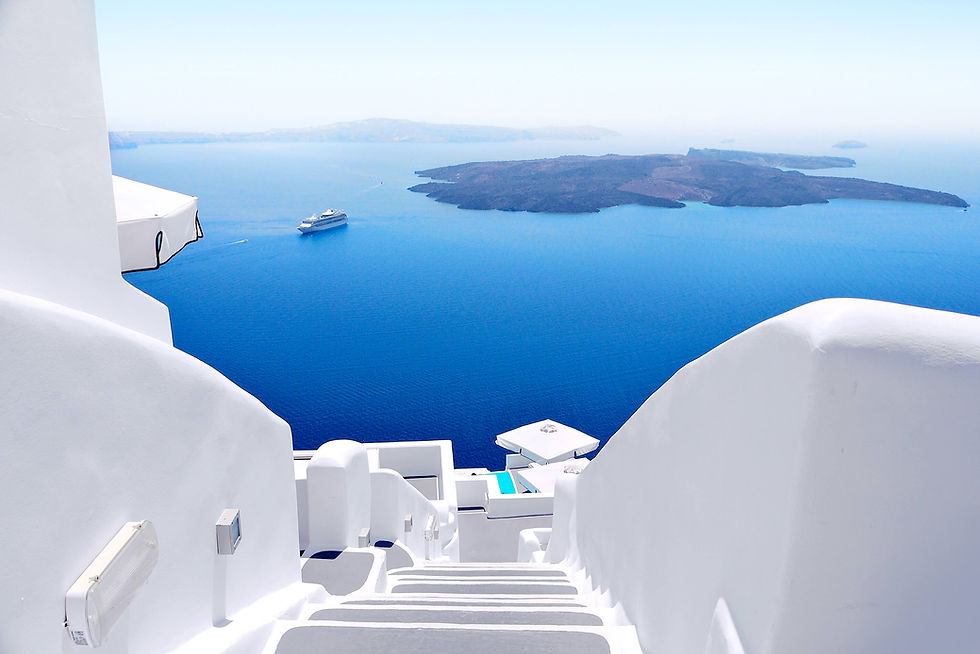What is stamp duty and does it effect me?
- Rachel Hayes

- Feb 21, 2019
- 2 min read
Updated: Mar 12, 2019
We introduce the basics of stamp duty and whether you need to think about it.

Stamp duty should always be added into your cashflow model when purchasing a property. Paid on the completion of the property you Baron & Cabot broker will advise on the costs associated with a unit you are interested in, but what is it and how can you work it out?
When buying a residential property you are liable to stamp duty, a tax levied based on the price paid for your property.
If you are buying as a second home, or for a buy to let investment this will cost more than if it is your first home to live in.
Stamp duty is calculated based on brackets, so the first £125,000 of a property is within a different tax bracket to the subsequent £125,000 and so on.
A great resource to work out your stamp duty liable is the calculator here.
When estimating your outgoings in year one, Baron & Cabot will supply you with a cash flow forecast including stamp duty, mortgage costs and legal fee's. Stamp duty should be considered when looking at a property value as the additional cost may put you over what you are intending to invest this year.
What many investors miss judge however is the increase in cost of a property under £250,000 (in a lower tax bracket) to a property over £250,000 in a higher tax bracket is almost unnoticeable as the tax is based on the increments at each stage.
Take time with your broker to get to grips with this cost and include it in your overall return on investment. As with any property investment you should be looking at a 5 year minimum strategy and returns over this period of return.




Comments